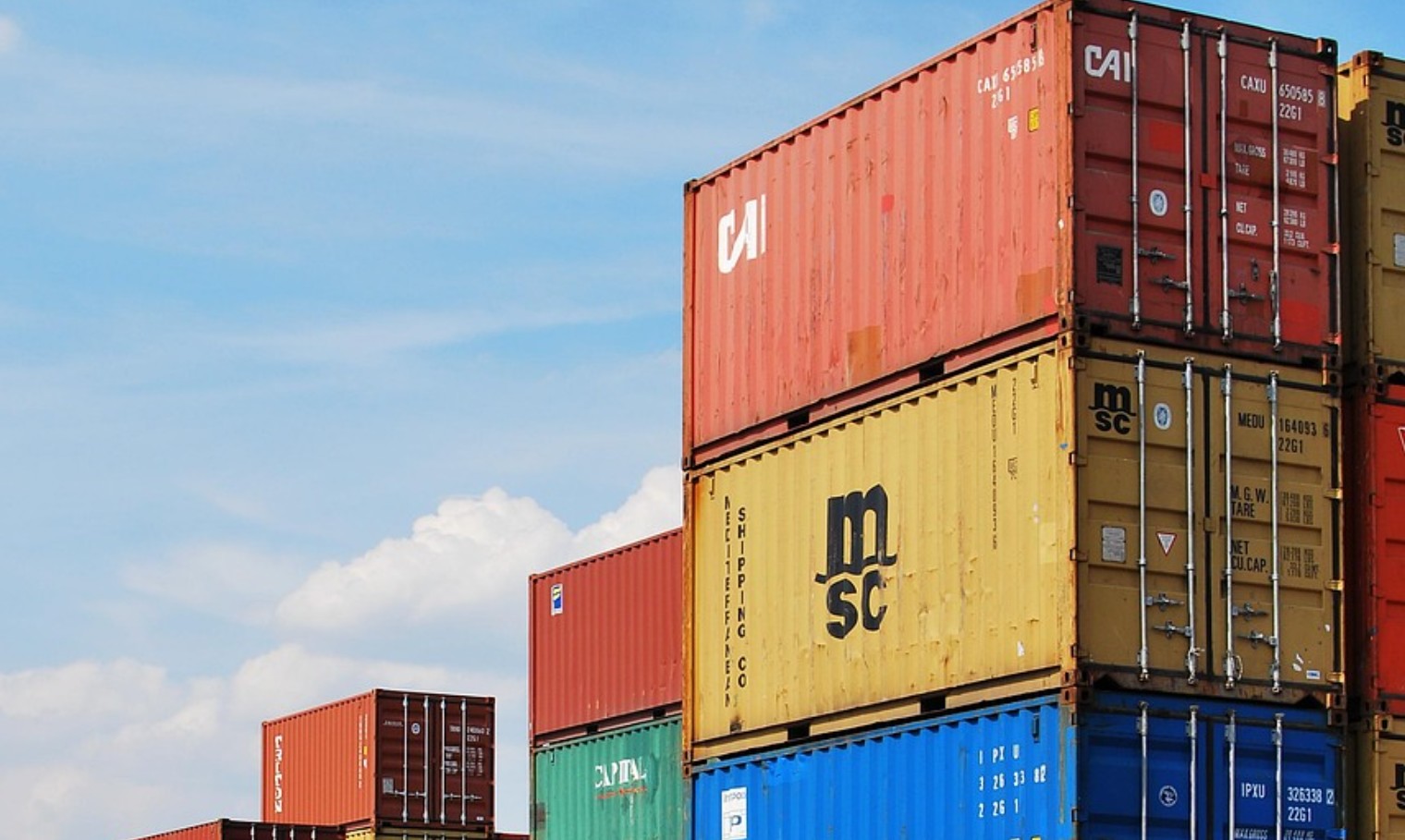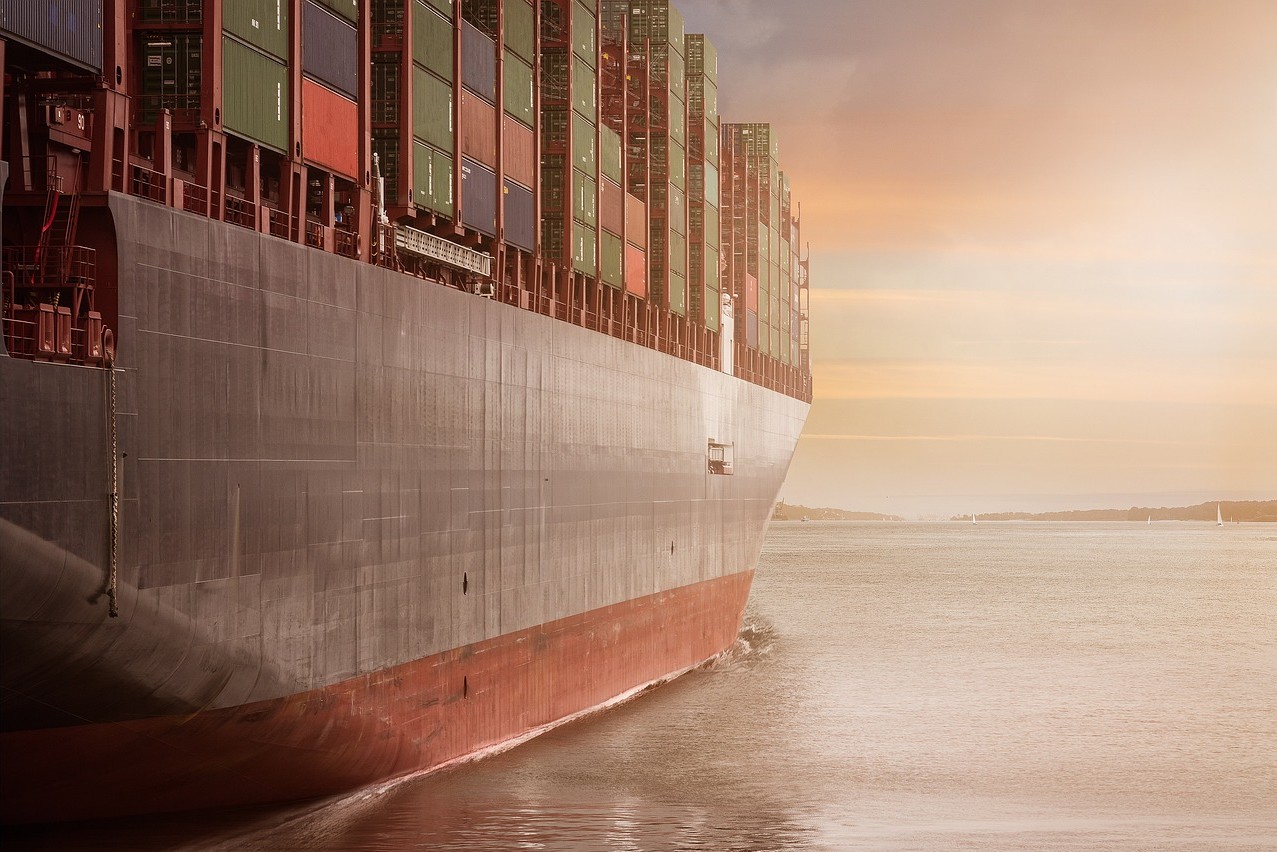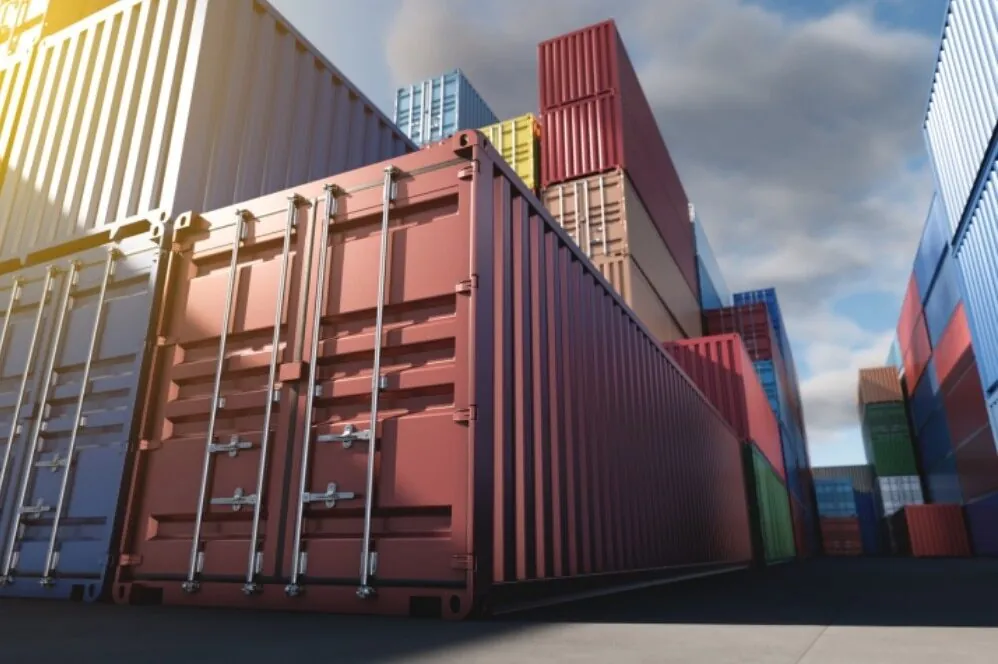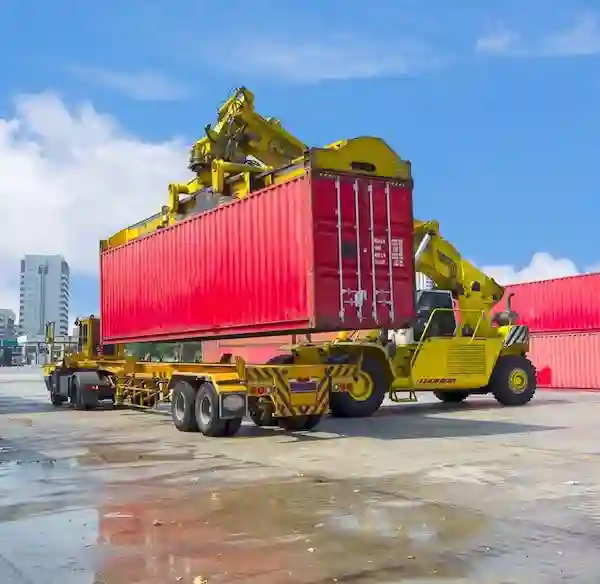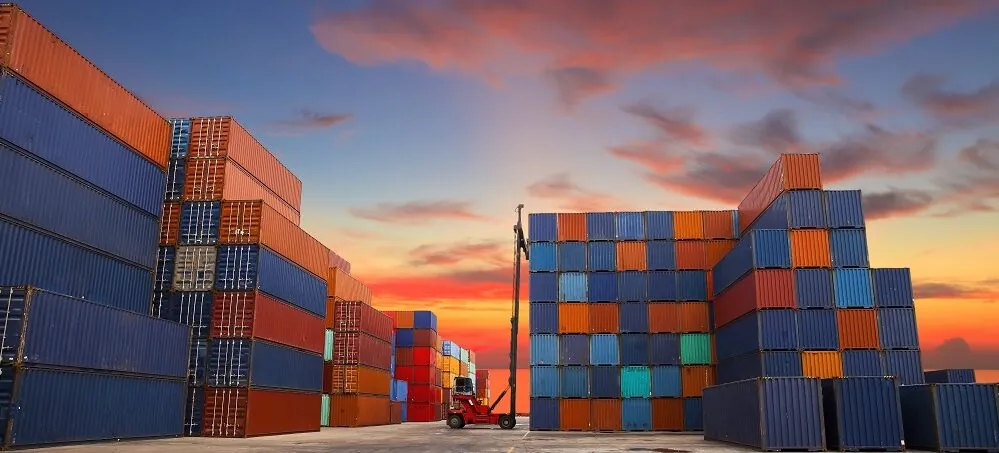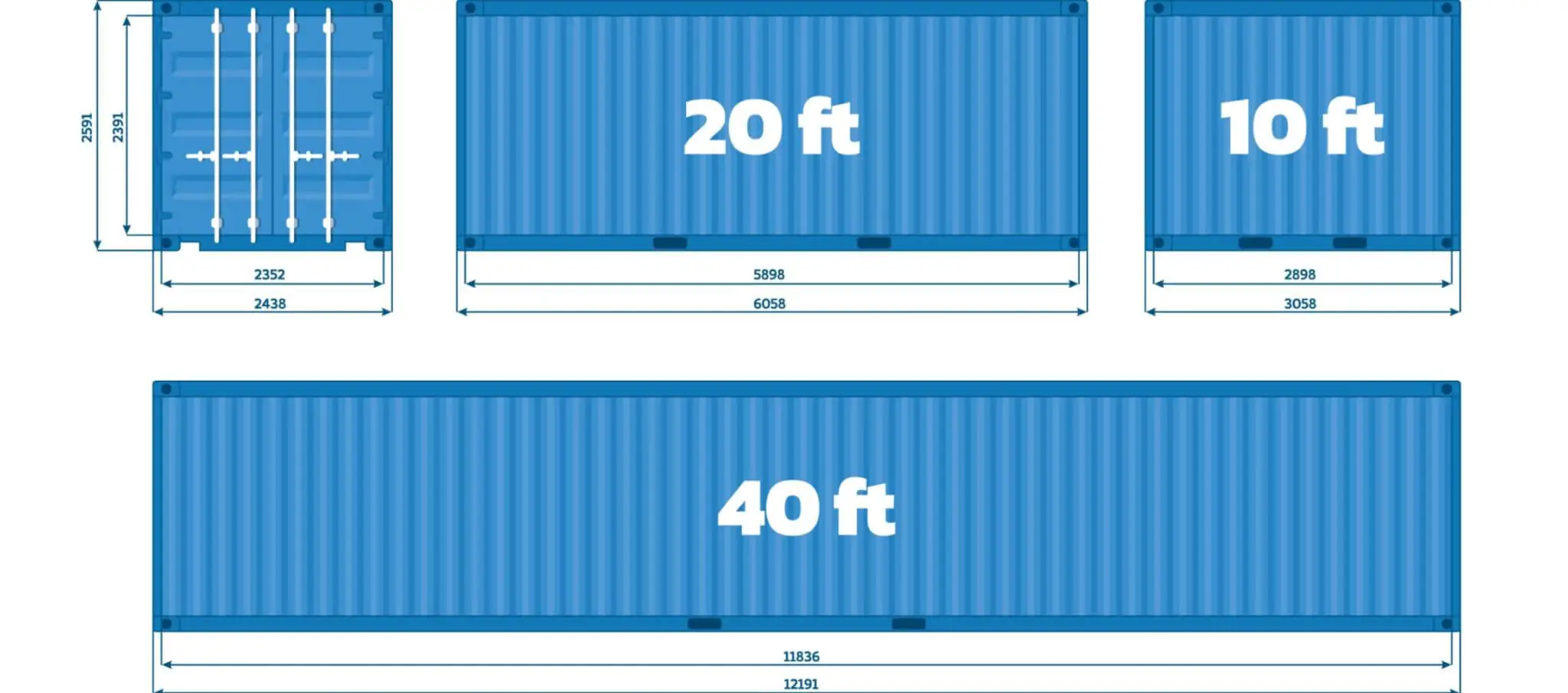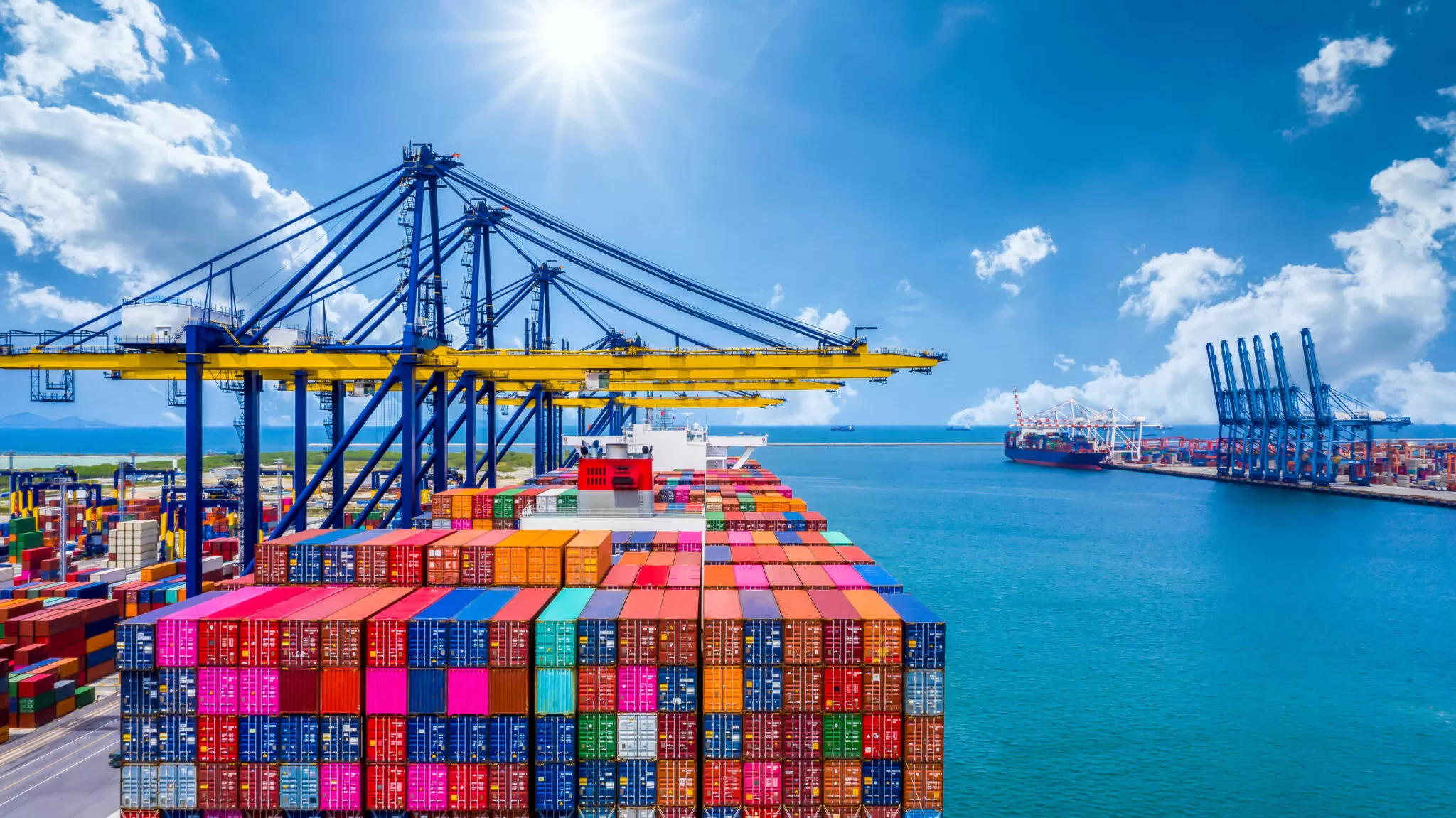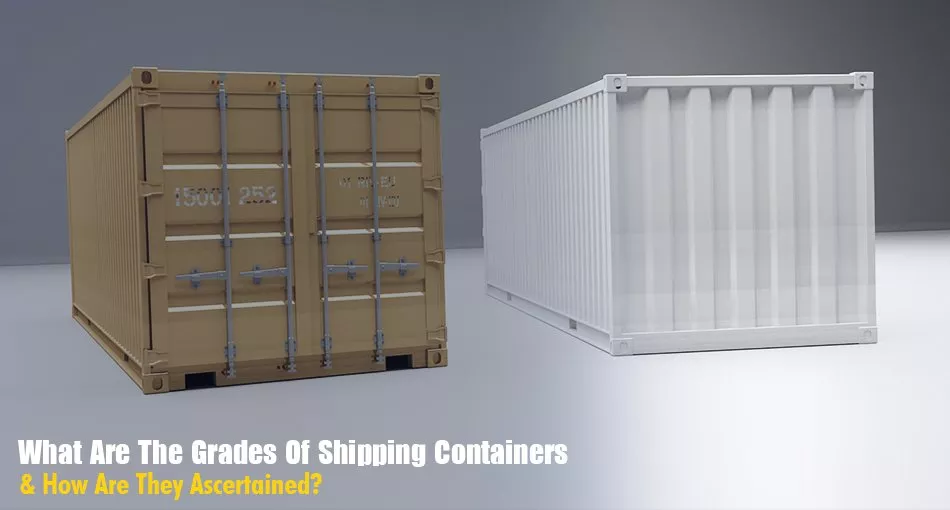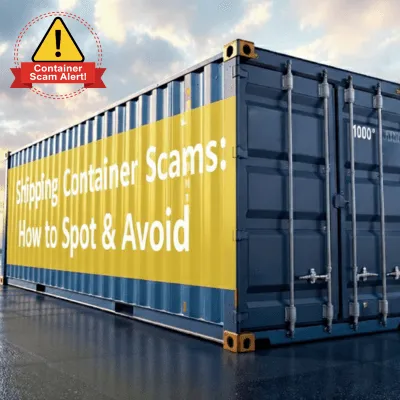What is a TEU container? Full guide to uses, capacity and importance

Shipping containers changed the way the world moves goods. Before them, cargo meant chaos—wooden crates, barrels, sacks — loaded by hand and shuffled at every stop. Then came the box. Standardized, stackable, easy to track. Among all types, the 20-foot container — known as the TEU — set the standard. It became the measuring stick for port capacity, vessel size, and even trade volume. This article breaks down what a TEU container is, how it’s used, and why it matters more than most people think when it comes to cargo, pricing, and the mechanics of global shipping.
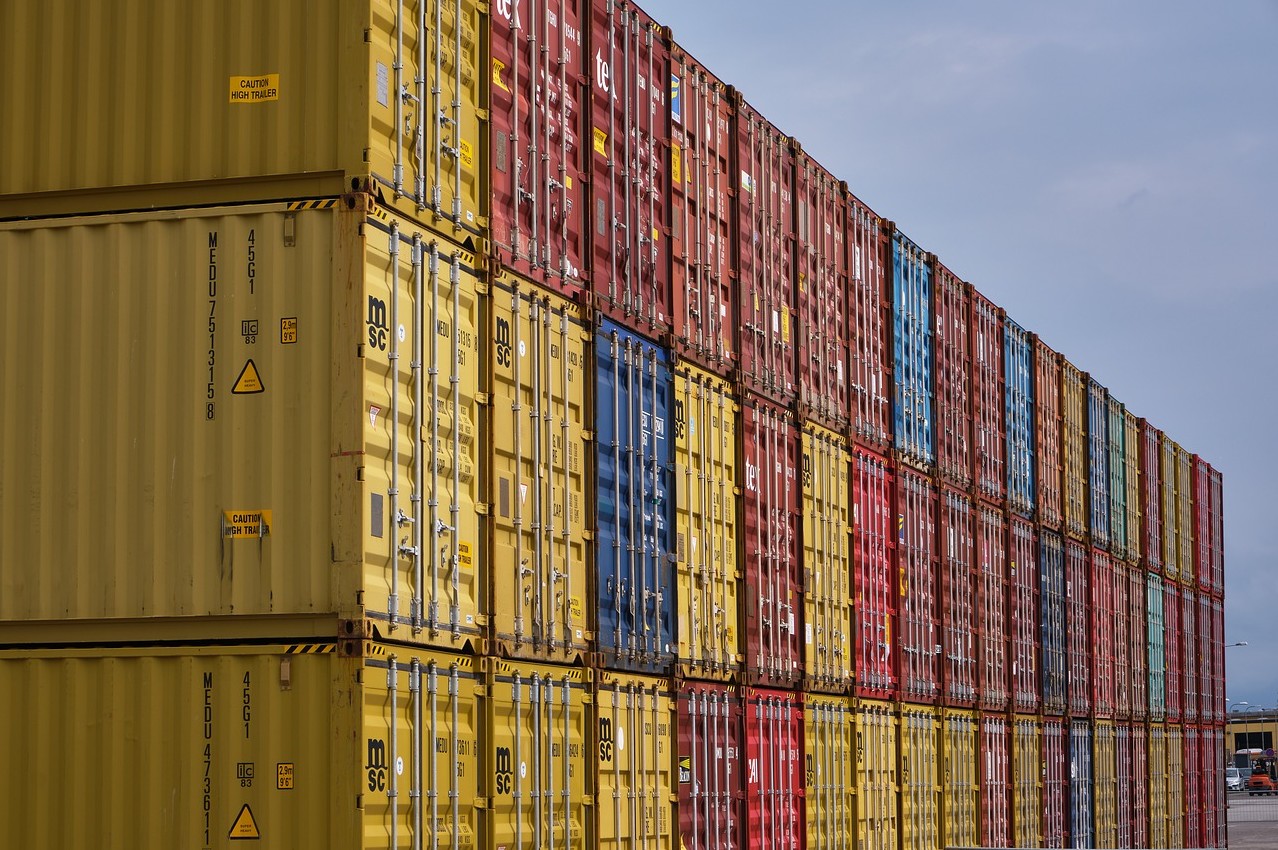
What is a TEU container?
A TEU container refers to a standard 20-foot-long container used to transport cargo across oceans and continents. TEU stands for Twenty-foot Equivalent Unit, which has become a base measurement in the shipping industry. When someone says a ship can carry 10,000 TEUs, it means the vessel can hold 10,000 of these 20ft containers. Even when containers are bigger, their size is converted into TEUs for simplicity. This keeps planning and logistics consistent across the board, even when multiple container sizes are involved. It’s a straightforward system, and it’s been in use for decades because it works.
This container type became standard because it fits well on container ships, trucks, and rail systems. The 20ft container is widely accepted around the globe, making it easy to load and unload at any port or terminal. It’s stackable, durable, and suitable for most dry cargo types like electronics, machinery, or clothing. Because of this adaptability, the TEU container has become the basic building block of modern cargo transport, used in virtually every segment of the shipping industry. Even niche industries like film equipment logistics or small-scale manufacturing benefit from the TEU’s versatility.
TEU container dimensions and capacity
The external size of a TEU container is typically about 20 feet long, 8 feet wide, and 8.5 feet high. Internally, it holds roughly 33 cubic meters of cargo, which can be anything from textiles to auto parts to bagged agricultural products. The maximum payload capacity is around 28,000 kilograms, depending on the specific build and use case. This upper weight limit includes the cargo inside and the container’s own structural tolerance.
Despite its modest dimensions, this unit revolutionized global shipping. Whether you’re transporting coffee beans or car parts, the TEU container provides a standard structure to plan around. There are also open-top options like the 20ft open top container, which is designed for cargo that doesn’t fit through standard doors. These are often used for construction equipment, long metal beams, or other odd-shaped loads that need top-loading access. Many operators also favor these for transporting damaged goods that can’t be easily boxed.
Capacity planning depends on both volume and weight. Ports calculate load capacities not just by container count but also by how much weight the containers carry. Too much heavy cargo on one end of a ship can throw off its balance. Warehouses often optimize their layouts around the TEU’s known dimensions. Storage software and even forklift pathways are often designed specifically to accommodate these containers. That predictability speeds up operations and cuts down on loading errors.
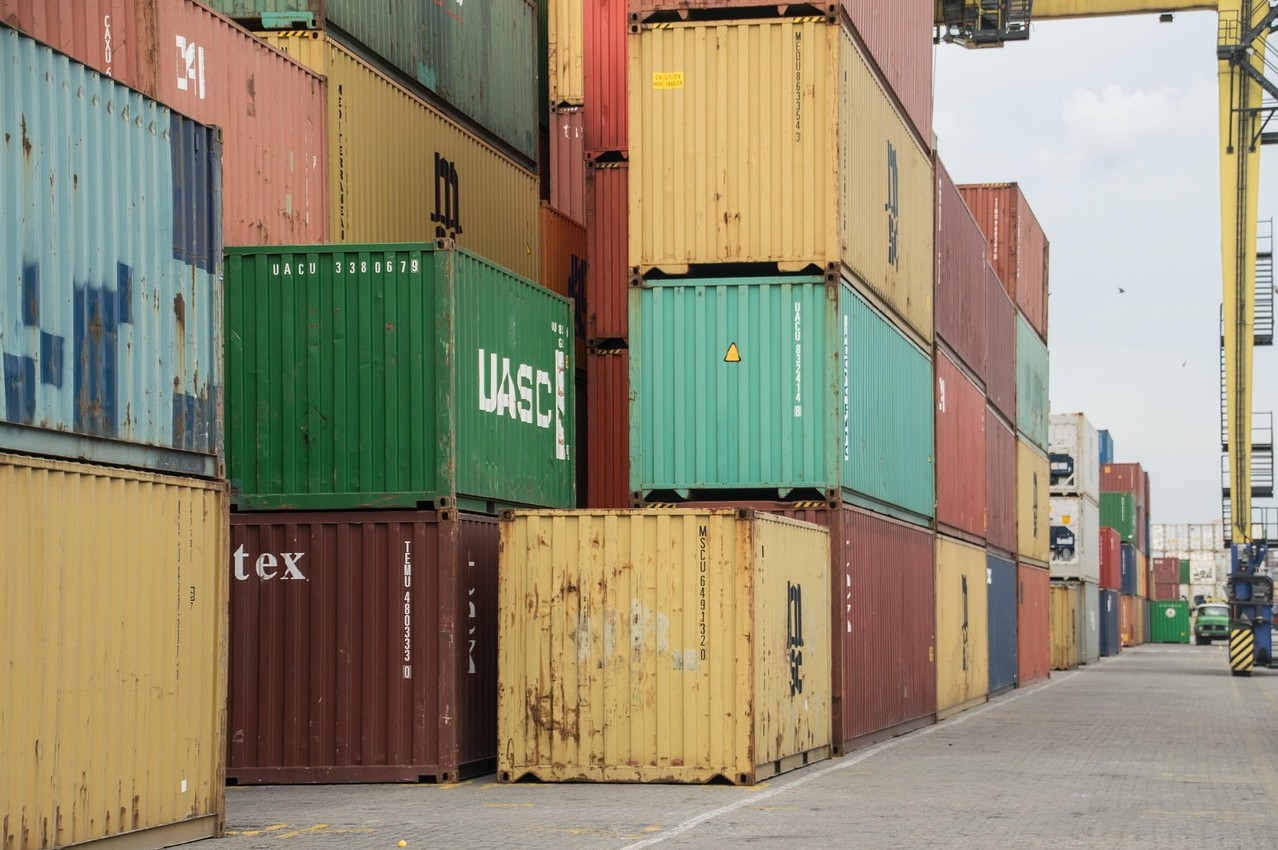
The importance of TEUs at shipping ports and terminals
Ports and terminals run on container math. Every terminal tracks TEUs coming in and going out to measure traffic. A port handling a million TEUs a year is considered major. When these numbers increase, it usually means more trade, more cargo, more ships, and more trucks moving in and out of the location. That increase also often puts pressure on local infrastructure, creating a ripple effect on road usage, pollution, and employment levels.
Container cranes, yard storage layouts, and loading schedules all rely on the TEU standard. It’s easier to calculate storage or slot space using TEU units rather than working out the measurements of every individual container. The TEU gives terminals a universal language to talk about volume, space, and movement. Without a common metric, coordinating logistics across countries and companies would be chaotic. Even customs authorities use TEU counts when analyzing trade patterns or planning inspections.
Shipping companies rely on these numbers to make decisions. They study port TEU traffic to decide where to send vessels or build new infrastructure. Logistics firms do the same to assess congestion and route planning. High TEU throughput often signals which regions are emerging as new hubs of trade or manufacturing.
How TEU shipping containers became a key metric for the shipping industry
When standardized containers became the norm in the 1950s and 60s, TEU emerged as the default unit. It didn’t take long for shipping firms and ports to start using TEU metrics in reports, contracts, and long-term planning. The TEU allowed global trade to grow because it made everything from pricing to scheduling predictable. It replaced older systems where cargo was tracked by weight or crate count, which were too inconsistent for global trade.
Shipping lines count capacity in TEUs. A modern mega-vessel might advertise 24,000 TEUs, though it also carries 40ft containers that are simply counted as 2 TEUs each. Transport companies buy or lease containers based on how many TEUs they can deploy across their routes. These routes can be multi-modal too, spanning sea, rail, and road.
Even economic analysts use TEUs as economic indicators. When the number of containers entering a port drops, it can signal a slowdown. An increase might hint at recovery. The TEU is more than a container — it’s a sign of economic activity. Analysts study TEU fluctuations to track consumer demand, seasonal shifts in production, and even geopolitical tensions that affect supply chains.
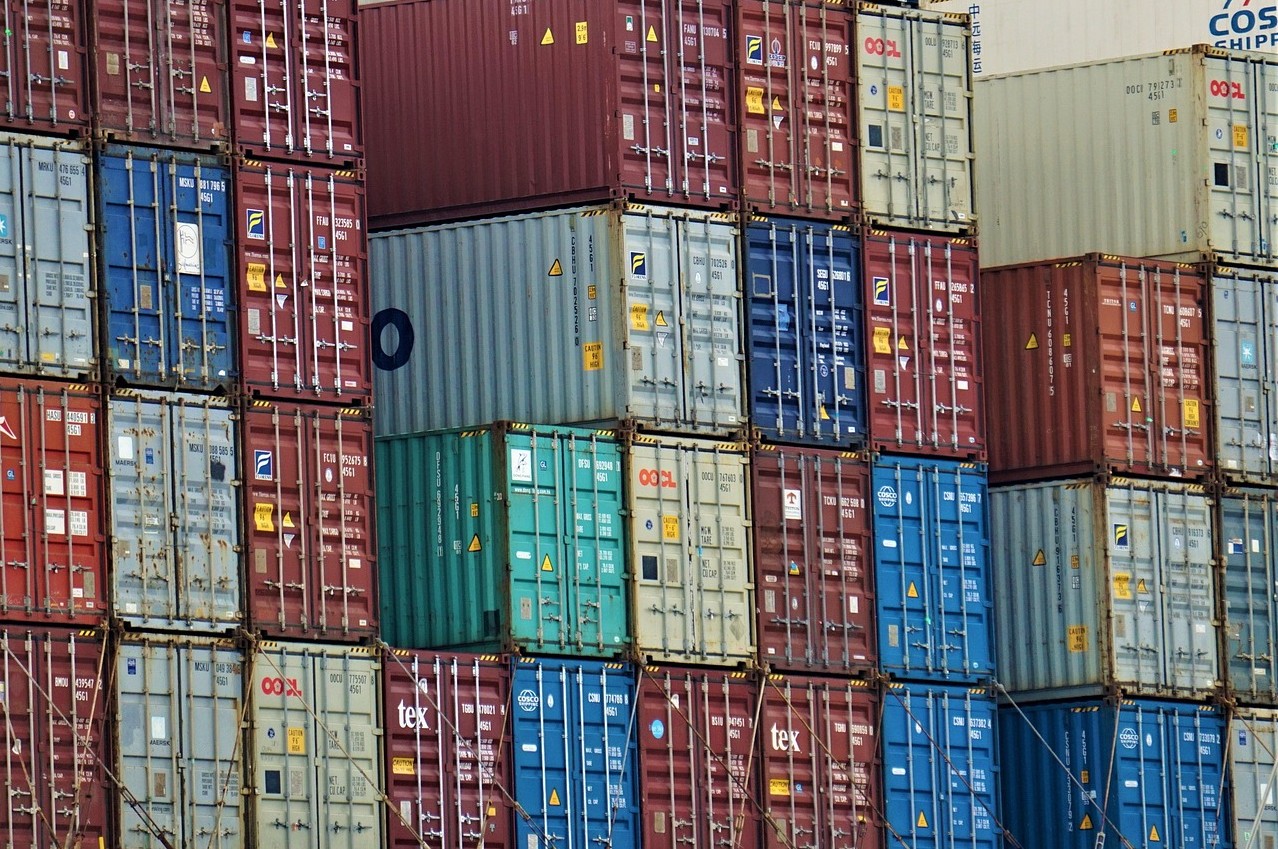
What is the TEU capacity of global shipping vessels?
Ships come in many sizes, but TEU capacity is the baseline. Panamax vessels can carry around 4,500 TEUs. Post-Panamax and Neo-Panamax vessels push closer to 13,000. The largest container ships today, such as those operated by Maersk or MSC, go beyond 23,000 TEUs. These floating giants are engineered for maximum efficiency, though they also require deep-water ports and extensive handling infrastructure.
That said, not all ships are always loaded to the brim. Some vessels prioritize weight over volume or adjust based on port draft limits. Containers like the 40ft open top container might take up more planning space, especially when loaded with oversized cargo. Ship crews must also plan for container mix, destination sequences, and weather patterns.
Also, ships must consider balance. Heavy containers can’t all sit in one spot. Container weight distribution affects stability, so loading planners use software to manage the layout. These algorithms account for the center of gravity, torsional stress on the hull, and even wave patterns in certain shipping lanes.
Different types of TEU containers
While the 20ft container defines one TEU, there are several container types that are measured against it. These include:
- dry standard (most common);
- open-top (for tall items);
- flat rack (for wide or heavy machinery);
- refrigerated (for temperature-sensitive cargo);
- tank containers (for liquids).
A 40ft standard shipping container equals 2 TEUs, while a 45ft shipping container is typically calculated as 2.25 TEUs.
Reefer containers are important for food logistics, while flat racks help with mining and industrial equipment. Ports might have special zones for different container types, affecting how quickly they move cargo in and out. Reefers often require electrical hookups, and tanks might need secure storage.
Containers like the 40ft high cube container offer extra height — about 9.5 feet tall — and are favored for lightweight but bulky goods. They still count as 2 TEUs in most calculations. The extra height helps accommodate cargo like mattresses, bicycles, or insulation materials.
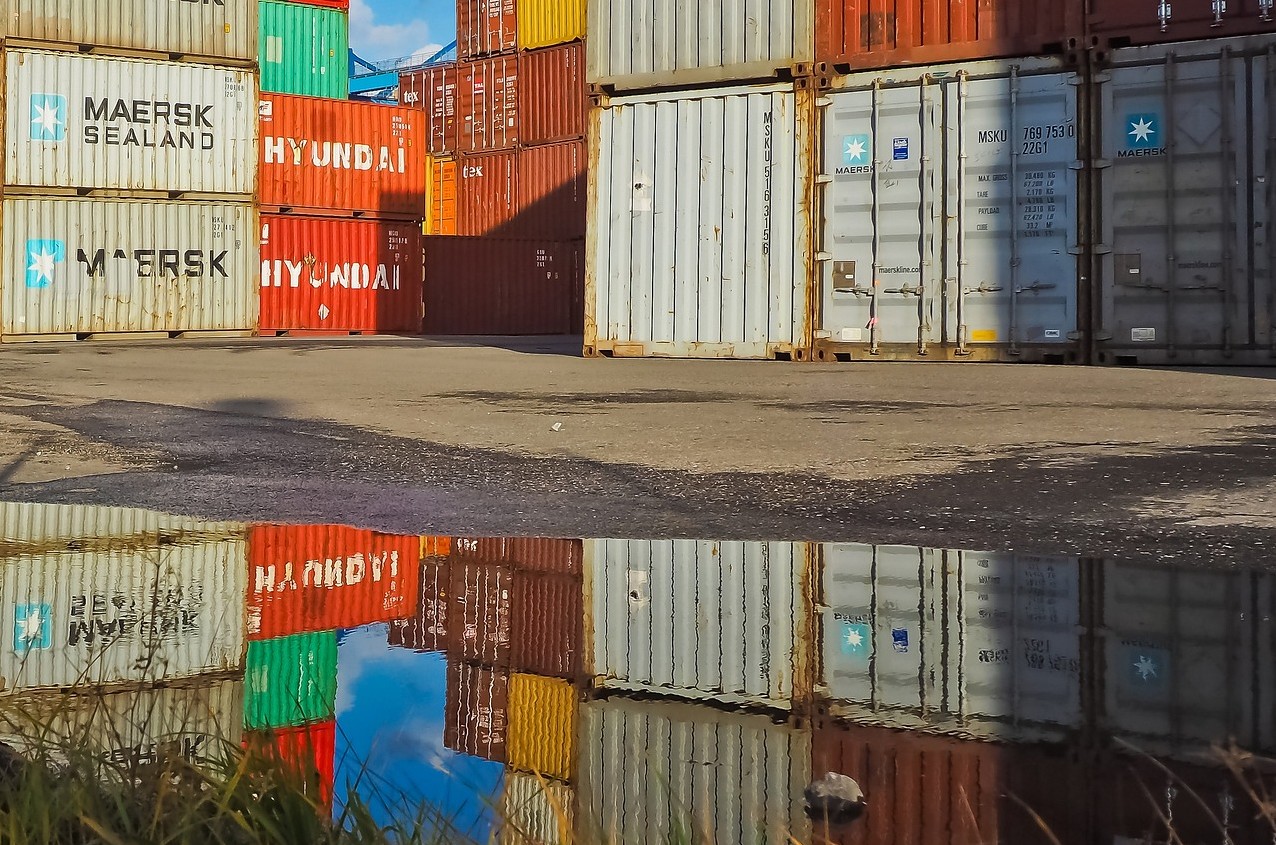
TEU container vs FEU container: What’s the difference?
The FEU, or Forty-foot Equivalent Unit, represents a 40ft container. It’s twice the size of a TEU. However, TEU remains the more widely used metric because it offers better granularity in capacity planning. For example, a ship might carry 11,250 TEUs and not just 5,625 FEUs, which gives a clearer picture of volume.
If a ship can carry 12,000 TEUs, it might actually be carrying a mix of FEUs and TEUs. One 40ft shipping container is counted as 2 TEUs. FEU terminology is mostly used by shippers who deal in bulk 40ft loads, like furniture or building materials.
Shipping rates are often calculated per TEU, even if you’re using a 40ft container. It’s just easier to compare costs this way. That’s why even FEUs are often priced in TEU terms. Insurance, demurrage fees, and fuel surcharges also tend to be TEU-based.
In warehouse storage, TEUs are better suited for layout optimization. FEUs make sense when calculating long-haul trucking routes, especially in countries where 40ft trailers are standard. In contrast, smaller ports and urban centers might favor 20ft containers for maneuverability.
Stay up-to-date with TEU and FEU container prices
Container prices shift depending on demand, location, and material availability. A 20ft container might be cheap in one port and expensive in another, depending on trade flows. Steel prices also impact how much it costs to buy a new unit. In some years, steel shortages or production slowdowns have caused sudden spikes in container costs.
Prices for used and new containers also vary by type. A basic TEU might cost less than a specialized unit like a refrigerated or high cube model. Tracking container pricing trends can give insight into the shipping industry’s health. Analysts often look at these prices alongside freight rates to gauge broader economic conditions.
Many shippers keep tabs on market conditions and regional price differences. If you want to buy, it’s worth comparing across types and ports. For example, look into the current rates for a 40ft standard shipping container and compare them with 20ft or high cube models. Don’t overlook container age and condition, which can significantly affect price and performance.
In places where container availability is low, companies sometimes refurbish used containers instead of buying new ones. That’s especially common for specialty units or during busy seasons when new stock can’t be delivered fast enough. It’s also a popular solution for temporary storage or modular building projects.
Both TEU and FEU containers are key parts of global logistics. Their prices, availability, and uses will keep evolving along with the shipping industry. As more goods move across borders and supply chains stretch further, these metal boxes remain the quiet backbone of international trade.
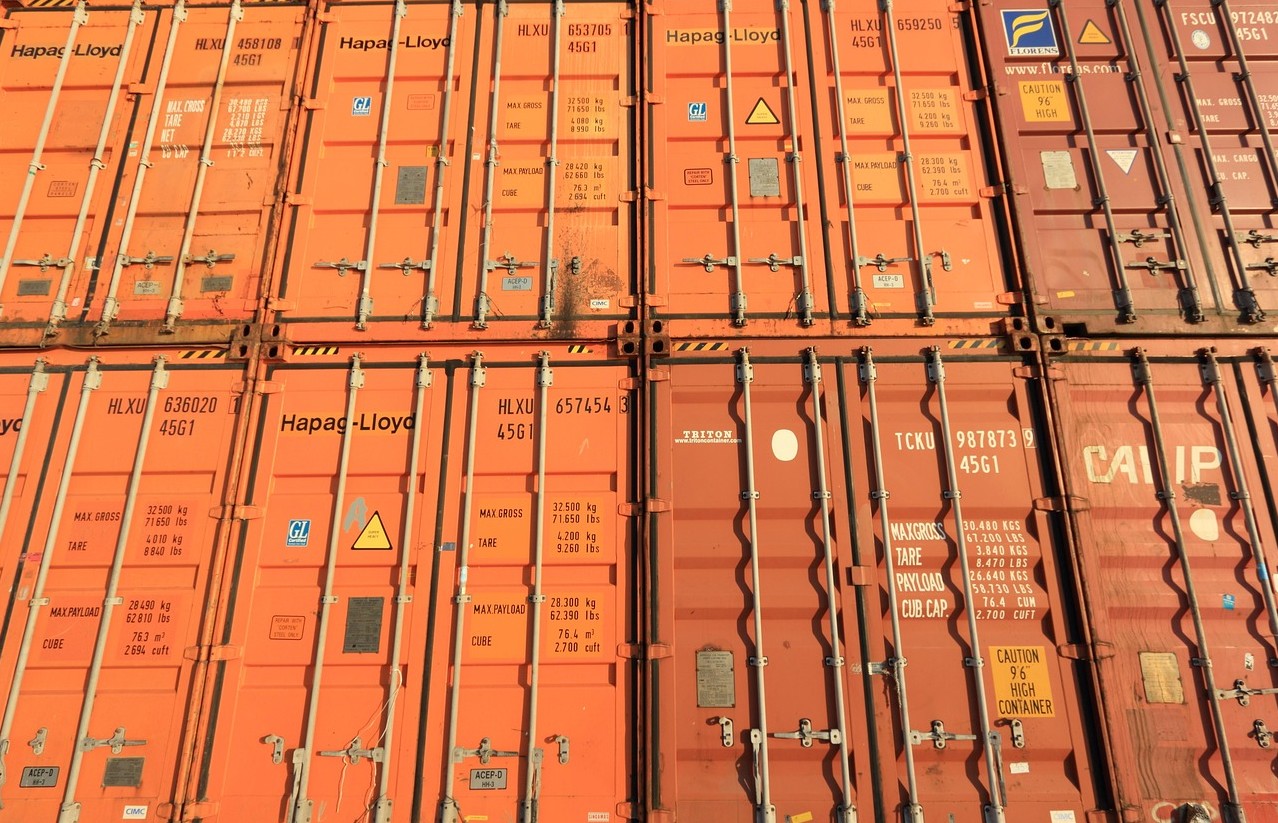
Conclusion
The TEU container isn’t just a box — it’s a language the shipping industry speaks. Ports count it. Ships are built around it. Businesses rely on it to move everything from shoes to steel coils. Whether you’re comparing a 20ft open-top container or a 40ft high cube container, everything eventually ties back to TEUs. It’s the unit behind how trade is counted, how vessels are filled, and how cargo moves across oceans. Buying, selling, or just planning — if containers are involved, TEUs are part of the story.
Vanessa is a dedicated writer and content enthusiast at Pelican Containers. With a background in practical writing and a keen eye for clarity, she transforms complex container topics into easy-to-understand and useful content. Her passion lies in exploring the evolving world of container usage — from smart storage hacks to global logistics trends.
When she's not writing, Vanessa loves discovering creative shipping container projects or traveling to find new inspiration.
Explore thoughtful, informative, and accessible content with Vanessa!
Vanessa is a dedicated writer and content enthusiast at Pelican Containers. With a background in practical writing and a keen eye for clarity, she transforms complex container topics into easy-to-understand and useful content. Her passion lies in exploring the evolving world of container usage — from smart storage hacks to global logistics trends.
When she's not writing, Vanessa loves discovering creative shipping container projects or traveling to find new inspiration.
Explore thoughtful, informative, and accessible content with Vanessa!
FAQ
What is a TEU container?
TEU stands for Twenty-foot Equivalent Unit. It’s a unit of measurement, not an actual container. It’s based on the dimensions of a standard 20-foot-long container, which is 20 feet long, 8 feet wide, and about 8.5 feet tall.
What is the capacity of a TEU container?
A TEU container typically holds around 33 cubic meters of cargo and has a payload capacity of about 28,000 kilograms. Its external dimensions are roughly 20 feet long, 8 feet wide, and 8.5 feet high. It’s used for transporting all kinds of dry goods.
What does 24000 TEU capacity mean?
It means the ship can carry 24,000 twenty-foot containers. That’s not necessarily 24,000 actual containers, though — some are 40-foot ones (which count as 2 TEU). It’s a rough way to describe how much cargo a ship can fit, like saying “seats” in a stadium without knowing how many people will show up.
What is the highest TEU capacity?
As of now, the highest TEU capacity belongs to ultra-large container vessels that can carry around 24,000 TEUs. These are the biggest ships used for global trade, mostly operating on Asia-Europe routes. They stack containers up to 10 levels above deck and several below.
How is TEU calculated?
TEU is calculated based on the size of containers. One 20ft container = 1 TEU. One 40ft container = 2 TEUs. If a vessel is loaded with 5,000 40ft containers and 2,000 20ft containers, the total TEU count would be 12,000. It’s a simple system that helps standardize capacity across different container types.
